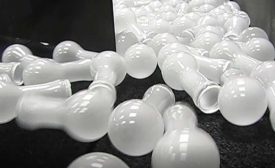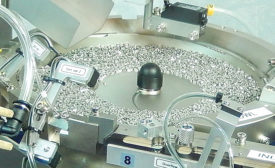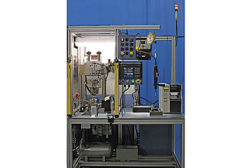Home » Keywords: » vibratory feeder
Items Tagged with 'vibratory feeder'
ARTICLES
The Role of People in Automated Assembly Systems
Cost and flexibility are two factors to consider when deciding which processes to automate in an assembly system.
September 9, 2013
Get our new eMagazine delivered to your inbox every month.
Stay in the know on the latest assembly trends.
SUBSCRIBE TODAY!Copyright ©2024. All Rights Reserved BNP Media.
Design, CMS, Hosting & Web Development :: ePublishing




